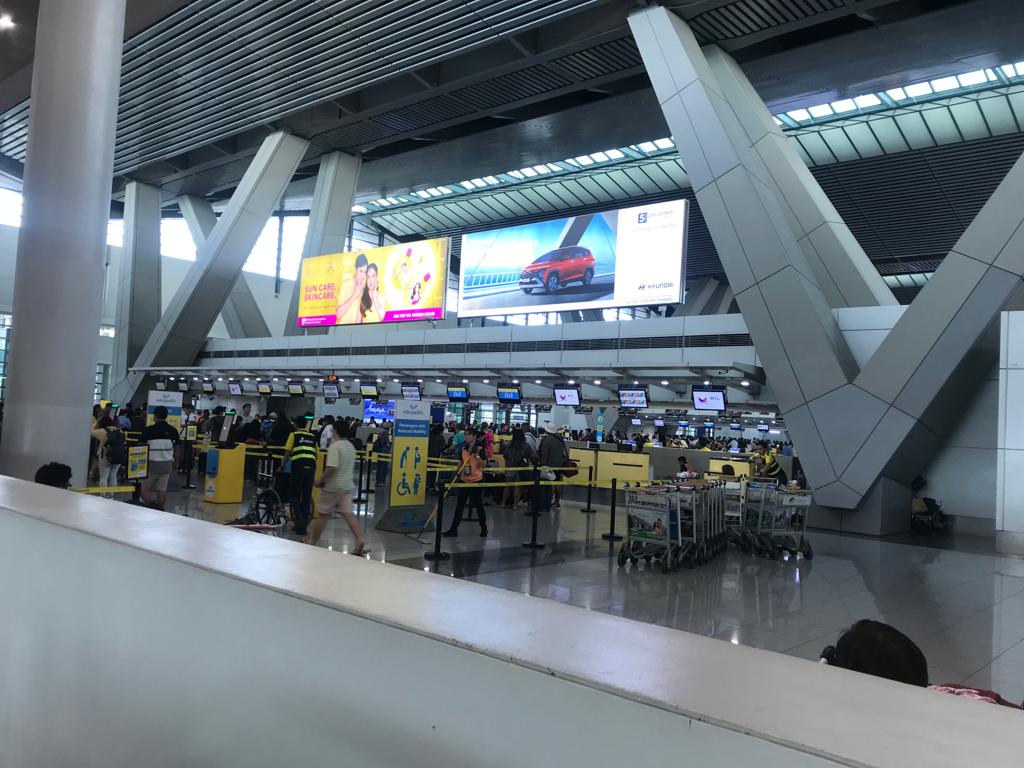A few days ago, I found myself tasked with the pleasant duty of picking up my loved ones arriving from Singapore at the Ninoy Aquino International Airport Terminal 3, also known as NAIA Terminal 3, in the Philippines. While my familiarity with this terminal stemmed from occasional landings and departures, I had never taken the opportunity to explore its offerings in detail, mainly due to time constraints and the hustle and bustle of airport environments. This time, however, I decided to embark on a comprehensive tour of NAIA Terminal 3, planning my arrival time and activities accordingly.
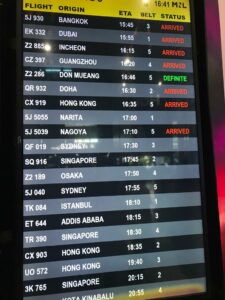
Situated in Manila, NAIA Terminal 3 is part of the larger Ninoy Aquino International Airport complex, which comprises Terminal 1, Terminal 2, and Terminal 4. Originally named Manila International Airport, the facility has been a vital hub serving the Manila metropolitan area since 1948. Remarkably, despite its integral role, all four terminals were unconnected as of my visit, necessitating the use of airport shuttle buses or Point-to-Point (P2P) buses for inter-terminal transportation. In August 2023, the Philippine government initiated a bidding process for the renovation of NAIA, acknowledging the aging state of the existing terminals.
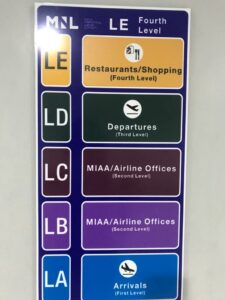
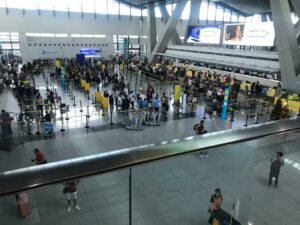
Before delving into the unique features of NAIA Terminal 3, it’s essential to distinguish between the other terminals. Terminal 1 primarily caters to international flights, hosting airlines such as Air China, Japan Airlines, and Malaysia Airlines. Terminal 2, historically exclusive to Philippine Airlines (PAL), underwent changes with the Schedule and Terminal Assignment Rationalization (STAR) program in 2023, becoming a domestic-only terminal. Terminal 3, the focus of my exploration, stands as the newest and largest terminal, serving as a hub for international flights with a capacity to handle 13 million passengers annually. Finally, Terminal 4, also known as the Old Domestic Terminal, accommodates both domestic and regional services.
Guide to Manila Airports: Terminals, Airlines, Getting Around, Travel Tips
The significance of NAIA Terminal 3 lies not only in its operational scale but also in the unique amenities it offers. As the largest and newest airport in the complex, it plays a crucial role in alleviating congestion experienced by Terminal 1. Noteworthy features of Terminal 3 include a footbridge connecting to Newport City, enhancing accessibility to luxury hotels and entertainment complexes. The terminal also stands out for its mall-like ambiance, providing a comfortable environment for families and friends bidding farewell or welcoming arriving loved ones.
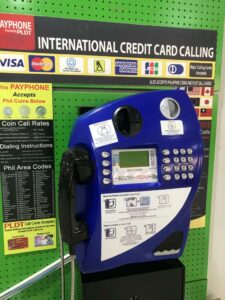

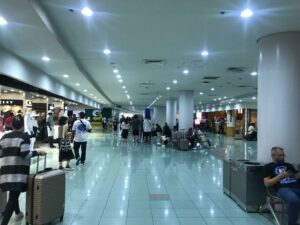
Here are some compelling reasons why NAIA Terminal 3 has garnered popularity:
After wondering around the entire airport terminal, I have found the following compelling reasons why NAIA Terminal 3 has gained so much popularity most especially to the locals.
1. Size:
As the largest airport in the complex, Terminal 3 boasts ample space to accommodate the influx of passengers.
2. Newness:
Being the newest terminal, it incorporates modern facilities and design elements, contributing to a more pleasant travel experience.
3. Runway Footbridge:
The presence of a footbridge to Newport City enhances connectivity, offering additional options for accommodations and entertainment.
4. Mall Facilities:
Terminal 3 goes beyond the conventional airport setting, providing a mall-like atmosphere, making it distinct from other terminals.
5. Spacious Environment:
The terminal offers sufficient space, ensuring a comfortable experience for all passengers and accompanying individuals.
6. Inclusive Atmosphere:
Terminal 3 welcomes not only passengers but also those bidding farewell or awaiting arrivals, fostering a sense of community.
7. Diverse Dining Options:
Numerous restaurants within the terminal cater to a variety of tastes and preferences.
8. Abundance of Coffee Shops:
For coffee enthusiasts, Terminal 3 features various coffee shops, adding to the overall convenience and comfort.
9. Accessibility:
The terminal’s location and infrastructure make it easily accessible, contributing to a seamless travel experience.
10. Organization:
NAIA Terminal 3 is known for its simplicity and organization, enhancing efficiency for both travelers and airport staff.
11. Meeting Facilities:
The terminal provides an ideal setting for various meetings, offering a conducive environment for business or casual discussions.
12. Huge Parking Space:
There is enough parking space for everyone to be properly accommodated and an option whether to park indoor or outdoor.
In conclusion, my thorough exploration of NAIA Terminal 3 revealed its unique attributes, making it a standout choice for travelers and locals alike. Its combination of modern amenities, inclusive atmosphere, and strategic design positions it as a leading airport terminal in the Manila metropolitan area.
